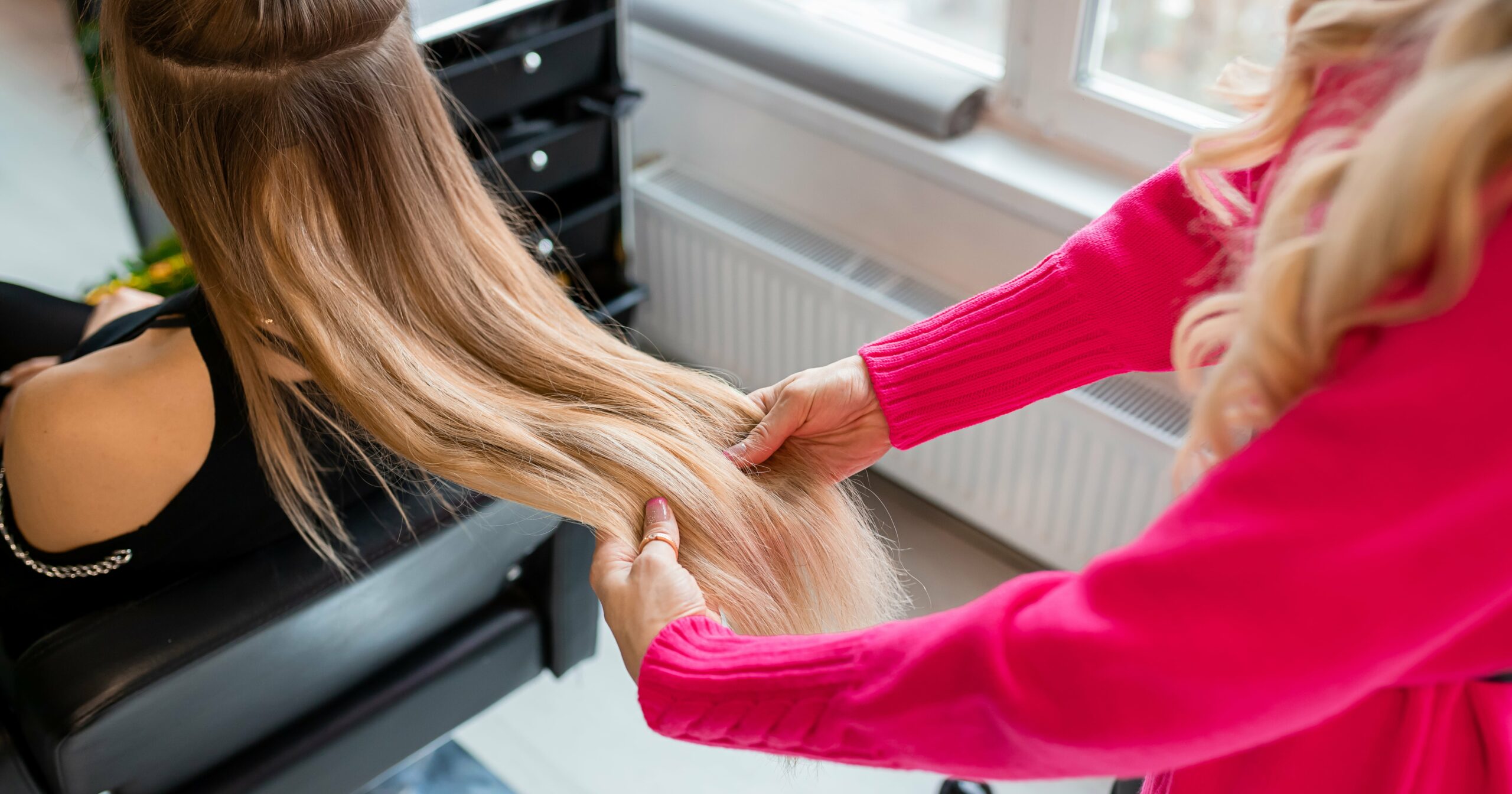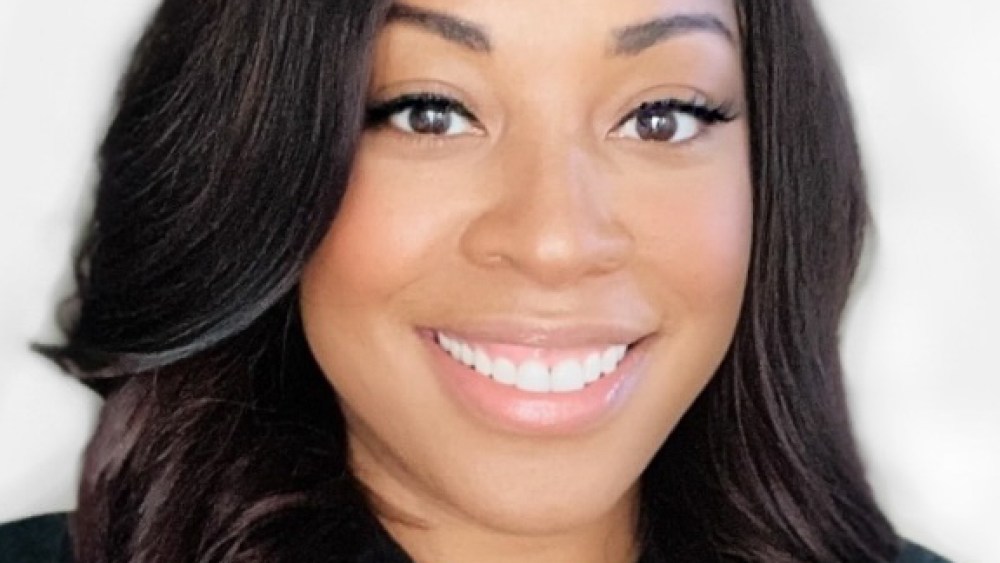Having thin hair, whether it’s from natural causes or damage, can be hard to style and maintain. If you have experience with shedding or even hair loss, you may be looking for a quick solution to boost thickness, and hair extensions are a great option.
The thought of hair extensions for thin hair may be a bit daunting as you don’t want to cause any more damage and encourage any more fallout. However, celebrity hairstylist Andrew Fitzsimons tells PS, “Hair extensions can make a world of difference for anyone, but especially those who have always had thinner hair.” Not only can they make your hair appear fuller and more voluminous in a natural way, but extensions can also provide you with more variety when it comes to styling.
While extensions themselves don’t directly improve the health of thin hair, “They can provide temporary solutions to enhance volume and length, which can improve confidence,” celebrity hairstylist Annagjid “Kee” Taylor says. “Extensions can also offer protection to fragile strands by minimizing the need for excessive heat styling or chemical treatments that can weaken thin hair.”
Hair extensions can add some life to your hair and give it that oomph that you’re missing. Ahead, Taylor and Fitzsimons break down all of the information you could need about using hair extensions for thin hair.
How to Conceal Hair Extensions in Thin Hair
“The process of concealing your extensions starts before you even put them in,” Fitzsimons says. “For the best, undetectable application, make sure you create clean parts when you section your hair. Also, keep extensions away from your hairline or close to your part.”
He explains that clip-in hair extensions often come with six or more wefts, but if you already have thin hair, you may not have enough to cover the pieces, so don’t feel like you need to use them all. “If the extensions are too bulky, you can always bring them to your salon and ask your stylist to thin out the wefts.”
To conceal extensions in thin hair effectively, it is important to choose lightweight, quality options. “Those with thin hair may at times find it difficult to seamlessly blend extension into their natural hair, however, there are ways to overcome this,” Taylor says. “Make sure your extensions are properly placed by intentionally positioning them where your hair is denser and opt for color-matched extensions for seamless blending.”
“Layering the extensions, trimming, [and] blending them with your natural hair can enhance and maintain a natural look. Regular maintenance and gentle handling are always essential to keeping the extensions discreet, preserving their quality and ensuring that your extensions match your hair type and texture.”
That said, hair extensions aren’t for everyone. “Those who have extremely fine or fragile hair may find that extensions cause too much tension or damage to their natural hair,” Taylor says. “Also, those experiencing hair loss or scalp conditions should consult with a medical professional before getting extensions, as they may exacerbate underlying issues.”
The Best Hair Extensions For Thin Hair
As far as good options go, there are a variety of hair extensions for thin hair that work well to add volume and length. “Hand-tied extensions offer a seamless blend with your natural hair while providing the desired volume and length without excessive tension,” Taylor says. “This involves gently sliding small beads onto the hair and hand-threading extension wefts through them. These extensions work especially well for straight or wavy hair as they lay flat against the head.”
Taylor says Kovi’s Hand-Tied Extensions are a high-quality choice that won’t break the bank. “Being crafted from small groupings of human hair, these make for a great non-detectable option.”
Types of Hair Extensions to Avoid With Thin Hair
There are a few types of extensions that you should think twice about before using. “Extensions such as clip-ins, which are temporary and can be clipped in and out daily, are not recommended for thin hair,” Taylor says. “This is because taking them in and out every day can cause excessive stress on the hair, and they can slip throughout the day, making your hair more prone to breakage.”
Sew-in extensions, also known as weaves, are also not so great for thin hair. “While they are a popular choice for many, sew-ins need a strong foundation because the extensions are essentially getting braided into your natural hair,” Taylor says. “This technique can also cause overall too much tension and stress on your scalp and hair.”
Overall, it is best to avoid any extensions that feel a little too heavy and have application and removal processes that can be rough on the hair and scalp.
How Long Do Hair Extensions Last in Thin Hair?
“Extension life varies depending on the type of hair extensions that you wear,” Taylor says. “They can last anywhere from a few days to nine months. Regardless of the extension type, it is important to practice taking care of your natural hair and extensions to extend their life and quality.” She explains that with proper care, hand-tied extensions can last up to six to nine months, while tape-in extensions can last anywhere from six to 10 weeks.
The best extensions for thin hair aren’t as thick as classic clip-ins hair extensions. For some shopping recommendations, keep scrolling.



